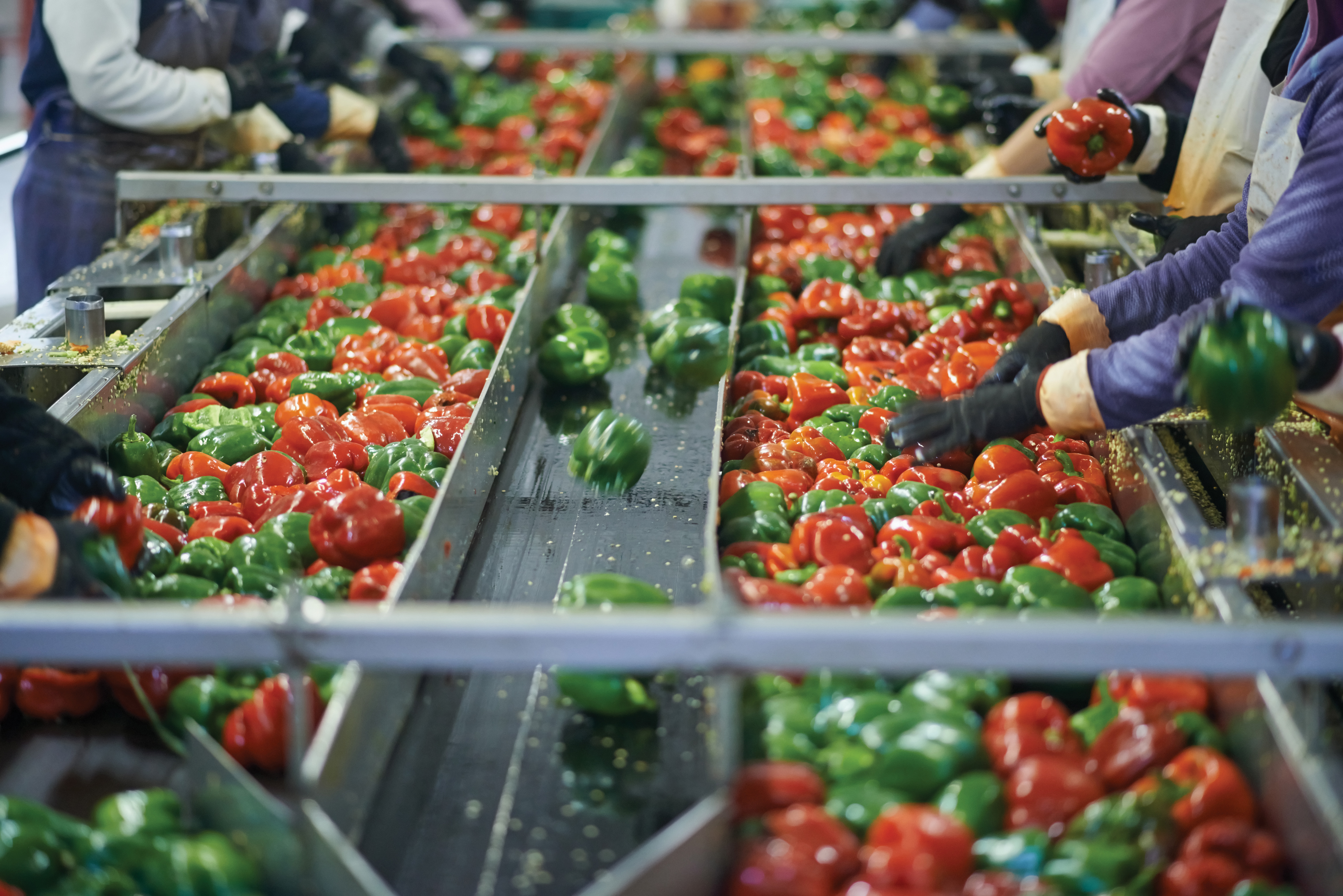

Criticism in land sparing stems from the intensive use of agricultural land that is required to achieve high yields ( Law and Wilson, 2015) which has led to the development of arguments suggesting trade-off relationships between productivity and socioeconomic goals ( Kremen, 2015 Frison, 2016 Mehrabi et al., 2018), productivity and environmental conservation ( Lamb et al., 2016) or the necessity of demand-side adjustments to meet environmental and food security goals ( Erb et al., 2016). The land sparing-sharing model has received both positive and criticizing reviews ( Phalan, 2018). In the present analysis, agricultural intensification exceeds the traditional perspective of high-yield farming resulting from high-input high-output relationships but rather, is reconciled with natural restoration though spatially optimised land-sparing that enables closing current “yield gaps” (the difference between observed and attainable yields in a given location) ( Grassini et al., 2015). On the contrary, land sharing advocates integration of environmental conservation and food production incentives on the same plots of land through low-intensity systems on a larger land footprint ( Kremen, 2015). Land sparing entails setting aside land utilised for high-yield agricultural production on a small land footprint to allow for biodiversity conservation on non-agricultural land ( Balmford et al., 2015 Kremen, 2015 Phalan, 2018). land sharing has emerged assessing balances between environmental conservation and agricultural yields ( Lamb et al., 2016). In this context, the debate of land sparing vs. In this context, SDG-2 targets “doubling agricultural productivity” (Target 2.3), yet this is not globally applicable as in different regions, with certain yield limitations ( Tumushabe, 2018), this would contrast the goal of sustainable agriculture ( Gil et al., 2019). The Sustainable Development Goals (SDGs) agenda of the United Nations articulates conditions for the sustainable management of these challenges, through the environmental sustainability pillar and SDG-2, that aims to achieve food security and promote sustainable agriculture ( UN, 2015)–objectives vital to the success of the entire agenda ( FAO, 2016a). Increasing competing demands for land, water and energy ( Steffen et al., 2015) along with increasing world population call for strategies to minimise environmental impacts while producing adequate food for 10 billion people ( United Nations, 2017 Ramankutty et al., 2018). Policies supporting sustainability transitions in the land sector should focus on managing local barriers to the implementation of high-yield regenerative agricultural practices delivering multiple regional and global public goods. Our results suggest that long-run food prices are bound to continue to decrease under strong environmental policies. Although production inputs per unit of output increase at local scales, a reduction of cultivated land of 50% overcompensates the slightly higher field-scale costs enabling improved overall cost-effectiveness. Here, based on cost engineering modelling, we show that optimised spatial allocation of 10 major crops, would reduce current costs of agricultural production by approximately 40% while improving environmental performance.

However, evidence based on empirical cost-functions supporting such trade-offs remains scarce at the global level. Economic modelling studies suggest trade-off relationships between environmental sustainability and food prices. Growing competition for land, water and energy call for global strategies ensuring affordable food production at minimum environmental impacts.



 0 kommentar(er)
0 kommentar(er)
